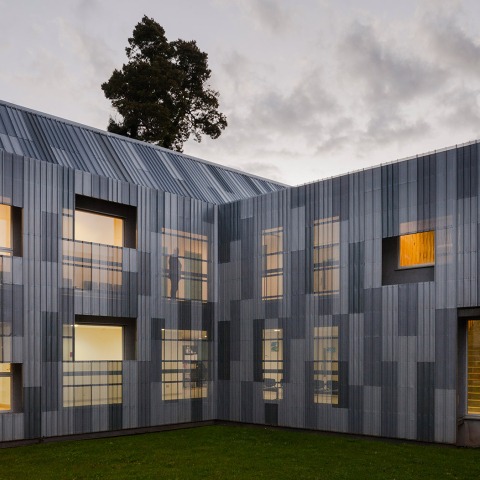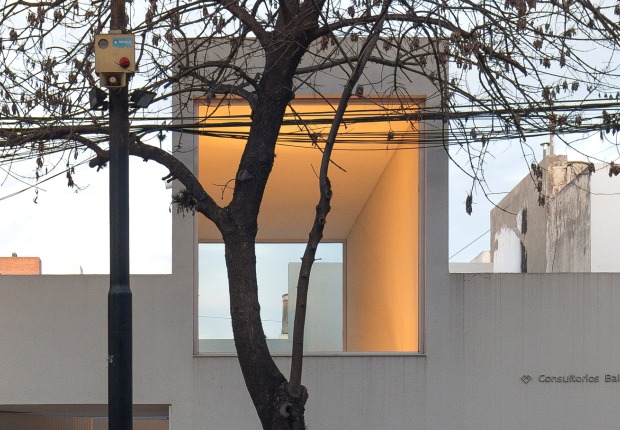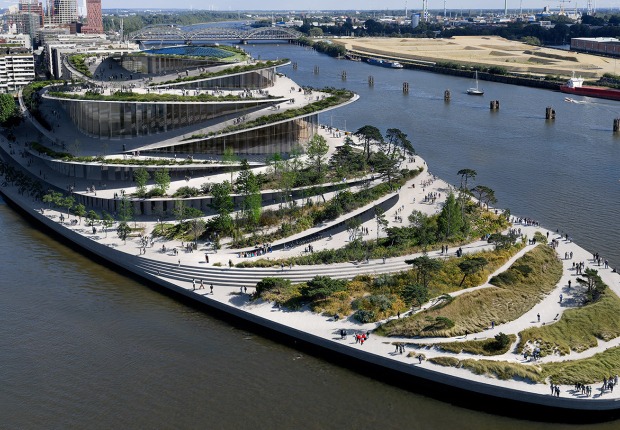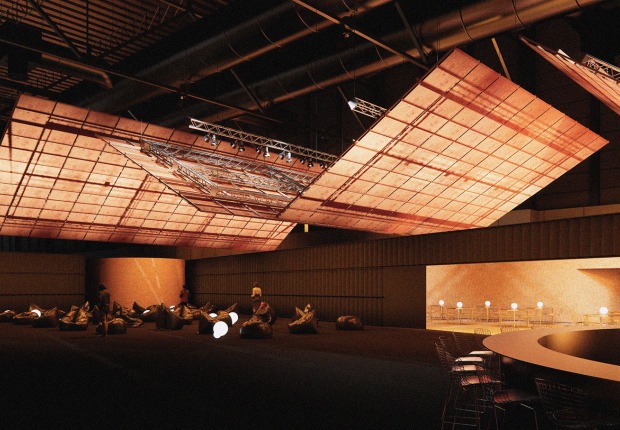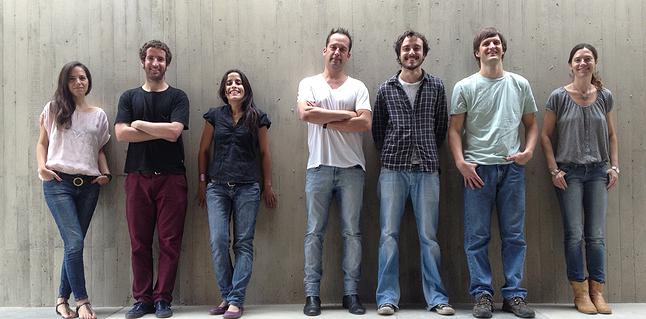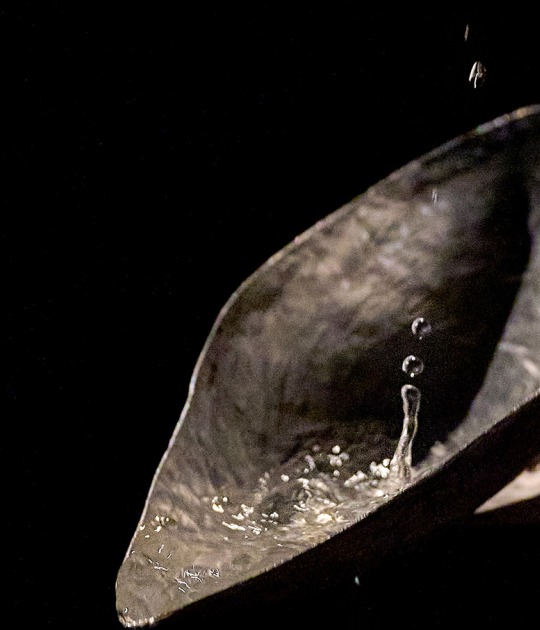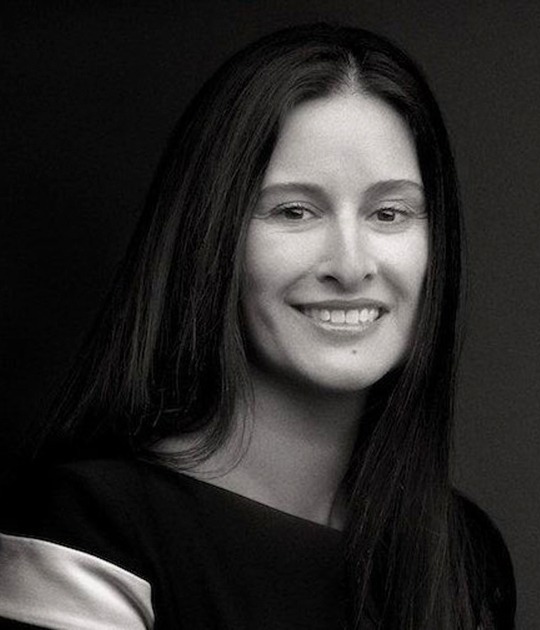Felipe Assadi and Francisca Pulido present this new building for the Faculty of Economics and Administrative Sciences which consists in one single volume that uses the slope of the ground on which it is based to adapt to the height of the surrounding buildings. A great central outdoor space that connects the plazas associated to the buildings of the deanery and postgraduate, together with the 'Z' shape of the new faculty, allows to keep the existing trees and the views to the surrounding landscape.
Description of the project by Felipe Assadi Arquitectos
The volume seeks to be developed through the most important trees, generating two main gaps linked by the access to the new Faculty, its height is the same of the existing buildings, that strengthens the relationship between landscape, vegetation and its relationship with the river. It was decided to place the building on the ground with a 'Z' shape, giving the existing buildings - deanery and postgraduates- one square to each one of them, linked by the central area of the new building. This arrangement also ensures the preservation of the 5 most important trees and ensures good natural light and views to all areas of the program, creating a connection between full and empty spaces it does not interrupt the current reading of the landscape.
Taking into consideration the scale of the place, the relationship with the existing buildings and taking into account the quality of an excessively soft ground, it was decided to place, in the 'Z', the program in just 2 levels on stilts over a socket that takes advantage of the natural slope of the ground. This reinforces the previous idea of providing views and light to all enclosures, while developing a low-rise volume, which does not break the landscape because it acquires the scale of preexisting and economize on the foundations because of the type of floor.
It seeks to create a relationship between tradition and modernity, and it is carried out by developing a second skin that covers all walls and ceilings of the building, leaving a gap of 60 cm between both skins.
Through openings disposed irregularly on the second skin, it is possible to create a building that works by a system of regular slab and concrete beam, with also regular windows for the whole building but "covered" by this translucent and permeable mantle that allows to glimpse the entire landscape under appropriate climatic conditions.
This second façade is composed of a "tile" or micro perforated caning of Alucinc of 25 cm wide, 64 cm high and 0.8 mm thick, a product that would be developed in 4 gray tones randomly arranged simulating the texture and grayish silver colour of the linings on its state of natural aging.
Each one of these 4 types of "tile" has a different perforation, to adequate visibility and the entries of sunlight into the building.
Text.- Felipe Assadi Arquitectos.
CREDITS. DATA SHEET.-
Project.- Faculty of Economics and Administrative Sciences, Universidad Austral of Chile (FACEA).
Architects.- Felipe Assadi + Francisca Pulido / Trinidad Schönthaler, Sebastián Delpino, Pablo Casals.
Location.- Valdivia, Chile.
Date.- 2013.
